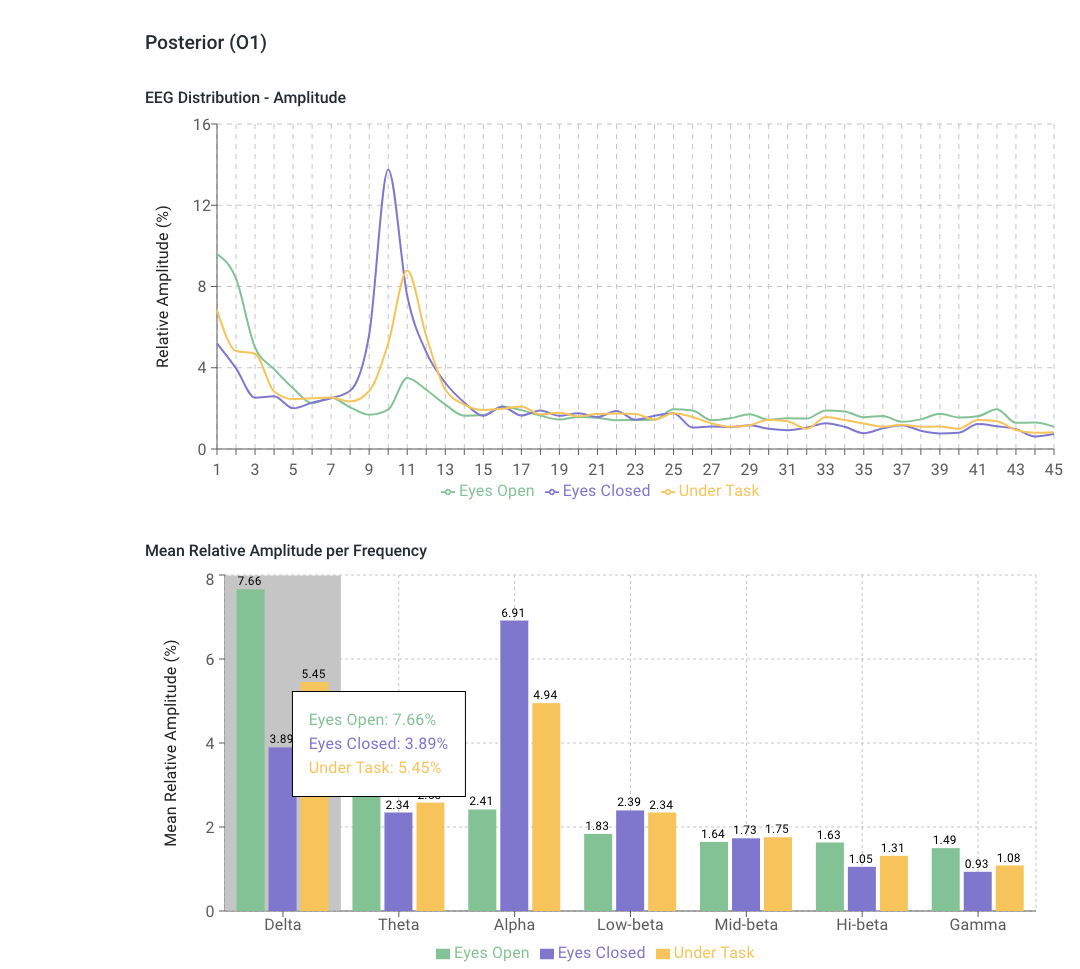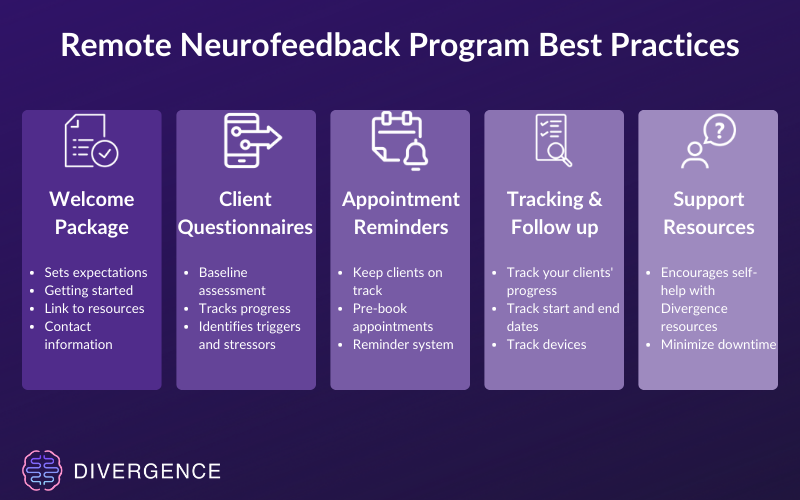Brain Meets Body: Why Neurofeedback and Biofeedback Are a Match Made in Wellness

Neurofeedback and biofeedback are often presented as separate therapeutic approaches, but when combined, they create a powerful synergy that enhances both mental and physical health. Neurofeedback focuses on training the brain by monitoring real-time EEG activity to optimize brainwave patterns, while biofeedback helps individuals regulate physiological responses like heart rate variability, muscle tension, and skin conductance. Together, they offer a holistic approach to wellness, addressing both the brain and body in a way that neither therapy can achieve alone.
Neurofeedback helps individuals regulate their brain activity by reinforcing optimal brainwave patterns and minimizing dysregulated ones. It has been successfully used to address mental health concerns such as ADHD, anxiety, and PTSD. Meanwhile, biofeedback allows individuals to gain control over autonomic functions like heart rate, muscle tension, and stress responses, ultimately improving the body’s ability to handle stress and enhance resilience.
Integrating Neurofeedback and Biofeedback into Clinical Practice
When these two approaches are combined, they work in harmony to improve both cognitive and physiological health. Biofeedback enhances the body’s response to stress, which in turn makes neurofeedback more effective at regulating brain activity. This comprehensive method leads to better mental health management and overall well-being. Research has shown that integrating neurofeedback and biofeedback produces better results than using either method alone. One study found that combining heart rate variability biofeedback with EEG neurofeedback led to improved emotional regulation and a reduction in PTSD symptoms compared to neurofeedback alone. By optimizing both brain function and the body’s stress-response system, this dual approach provides a more effective way to manage mental and physical health.
Alex Ni, CEO of Divergence Neuro, explains: “Integrating neurofeedback with biofeedback allows for a more holistic approach to addressing both mental and physical health. By targeting both brain activity and physiological responses, we create a powerful, data-driven training plan that drives measurable improvements in both areas.”
Advancements in technology have made neurofeedback and biofeedback more accessible than ever, allowing both practitioners and patients to benefit from these therapies without the need for frequent clinic visits. Portable, wireless devices, such as the Callibri and Synchroni devices supported by Divergence, enable individuals to engage in therapy from the comfort of their home. These wearable devices can target specific brainwave frequencies, such as alpha and theta rhythms, leading to cognitive benefits like improved memory, attention, and overall mental performance.
Remote neurofeedback and biofeedback therapy offer significant advantages. Patients can access training at their convenience, ensuring consistency without the need for in-office visits. A variety of affordable, portable devices make this therapy more cost-effective, making it accessible to a wider audience. With intuitive interfaces, individuals can track their progress and adjust training protocols, ensuring a tailored experience. The combination of neurofeedback with relaxation techniques like meditation has been shown to reduce stress and anxiety, leading to improved emotional stability. Additionally, neurofeedback enhances cognitive functions, particularly in individuals with ADHD, by targeting specific brainwave activity.
Transforming Clinical Practice with Advanced Technology
Clinicians now have the tools to integrate neurofeedback and biofeedback seamlessly into their practice. With Divergence’s cloud-based system, practitioners can create personalized treatment plans, monitor progress in real time, and use data-driven insights to optimize therapy. This holistic approach ensures comprehensive care by addressing both mental and physical health. Patients also benefit from the flexibility of engaging in treatment whenever and wherever suits them, leading to better adherence and long-term progress.
Neurofeedback and biofeedback have already shown proven results in addressing anxiety, PTSD, cognitive performance issues, and stress management. As these technologies continue to evolve and as more research is published, they will continue to offer clinicians a way to enhance their offerings with personalized, data-driven and effective care.
References
Gruzelier, J. H. (2014). EEG-neurofeedback for optimizing performance. I: A review of cognitive and affective outcome in healthy participants. Neuroscience & Biobehavioral Reviews, 44, 124-141. https://doi.org/10.1016/j.neubiorev.2013.09.015
Kamiya, J. (2011). The first communications about operant conditioning of the EEG. Journal of Neurotherapy, 15(1), 65–73. https://doi.org/10.1080/10874208.2011.545764
Tan, G., Wang, P., & Ginsberg, J. (2013). Heart rate variability and posttraumatic stress disorder. Biofeedback, 41(3), 131–135. https://doi.org/10.5298/1081-5937-41.3.05
White, E. K., Groeneveld, K. M., Tittle, R. K., Bolhuis, N. A., Martin, R. E., Royer, T. G., & Fotuhi, M. (2017). Combined neurofeedback and heart rate variability training for individuals with symptoms of anxiety and depression: A retrospective study. NeuroRegulation, 4(1), 37–49. https://doi.org/10.15540/nr.4.1.37




